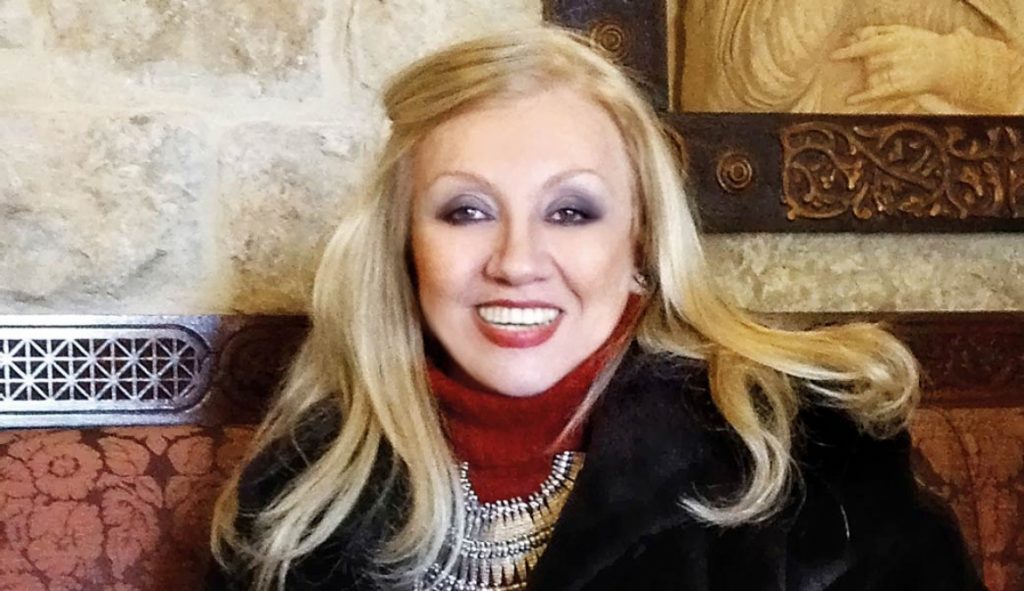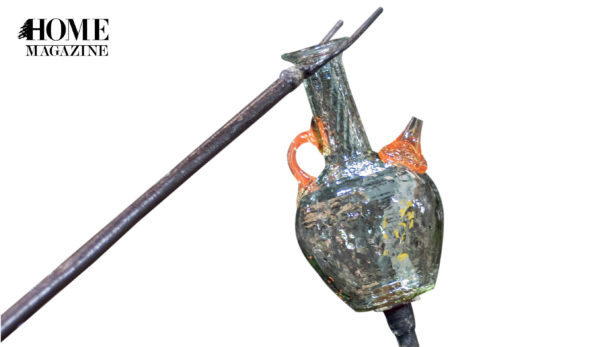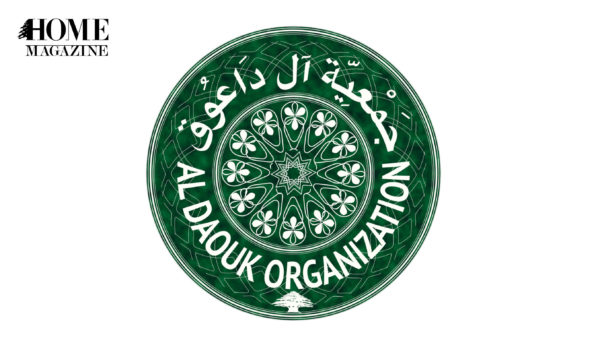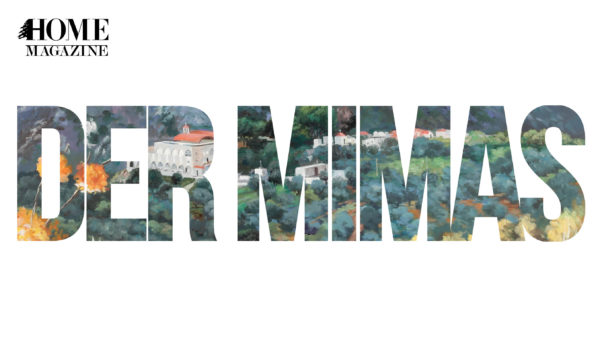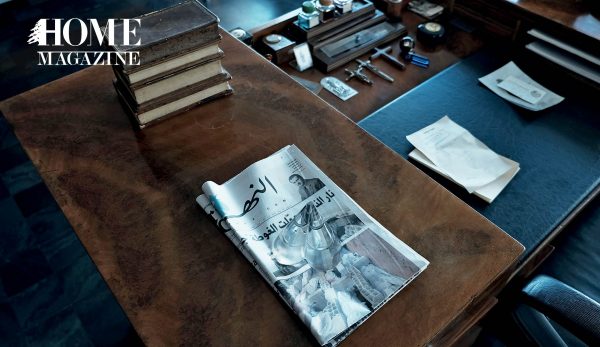Abey could be an image of Lebanon. This village, situated in Mount Lebanon in the Qada of Aley 800 meters above sea level and 22 kilometers from Beirut, is famous for its refreshing climate and natural beauty, but most of all, for its rich historical, cultural and religious heritage. During the Tanoukh period it used to be the capital of Lebanon. With seven churches of different Christian sects as well as the Druze shrine of Sayed Abdallah Abey is a great example of religious coexistence.
The name Abey comes from the Aramaic word meaning “abundant.” The village has a remarkable history. It was during the Fatimid then the Mamlouk periods that the Tanoukh tribes came from north Arabia in the eighth century and settled in Abey due to its strategic position, in order to protect the coast against the Byzantine invasions.
The Tanoukh princes were very powerful and spread their control over Abey and the surrounding area of the mountain. At the end of the 11th century they fought fiercely against the Crusaders in Beirut, which had fallen into the hands of the invading Europeans. The Tanoukhs then were able to govern the coast and Beirut, which became Lebanon’s capital. The Amir Mounther Mosque is a testimony of their glory in Beirut.
The rivalry among the princes in the mountain put an end to the Tanoukhs, who were followed by the Maans. Later on the Chehab princes took over, before Abey became the administrative seat for the Ottoman ruler.
The Cultural and Religious Heritage
The Tanoukh princes encouraged advances in history, astronomy, language, medicine and poetry. Art and crafts, wood and stone carving, as well as calligraphy, flourished during the second part of the 15th century. Abey had become a cultural hub. In the beginning of the 19th century, Protestant American missionaries came to Abey and in 1839 started a medical center where the first operation was performed according to Western standards. A great number of famous personalities such as scholars, doctors, educators and journalists came from Abey, not to mention the Greek Orthodox Archbishop Gregoire Haddad.
Unfortunately, the Lebanese Civil War put an end to Abey’s glorious past. Some of the original inhabitants came back to rebuild their properties and restore the historical sites. Now coexistence is restarting, in large part due to the organization of joint religious events with the different communities.
A rich past is not worthy without an investment in the future. The new municipality is playing a major role in this respect, with the participation of the government, NGOs and some embassies, for the sustainable development of Abey and the area.
Local associations have been founded, such as the Association for the Revival of Abey Heritage, which works for the renovation of historical sites and organizes events and conferences. Abey also has the Youth Association, which groups the enthusiastic young generation to rise awareness in this human center, and the Ladies Association, which organizes conferences, teaching and meaningful programs such as sewing, embroidery and cooking.
Heritage is a magical hymn that binds the people to their past and leads a path toward the future. It is the testimony of their existence. Heritage is our identity linked with our collective memory. Let the incomparable legacy of Abey guide us to a flourishing future.

